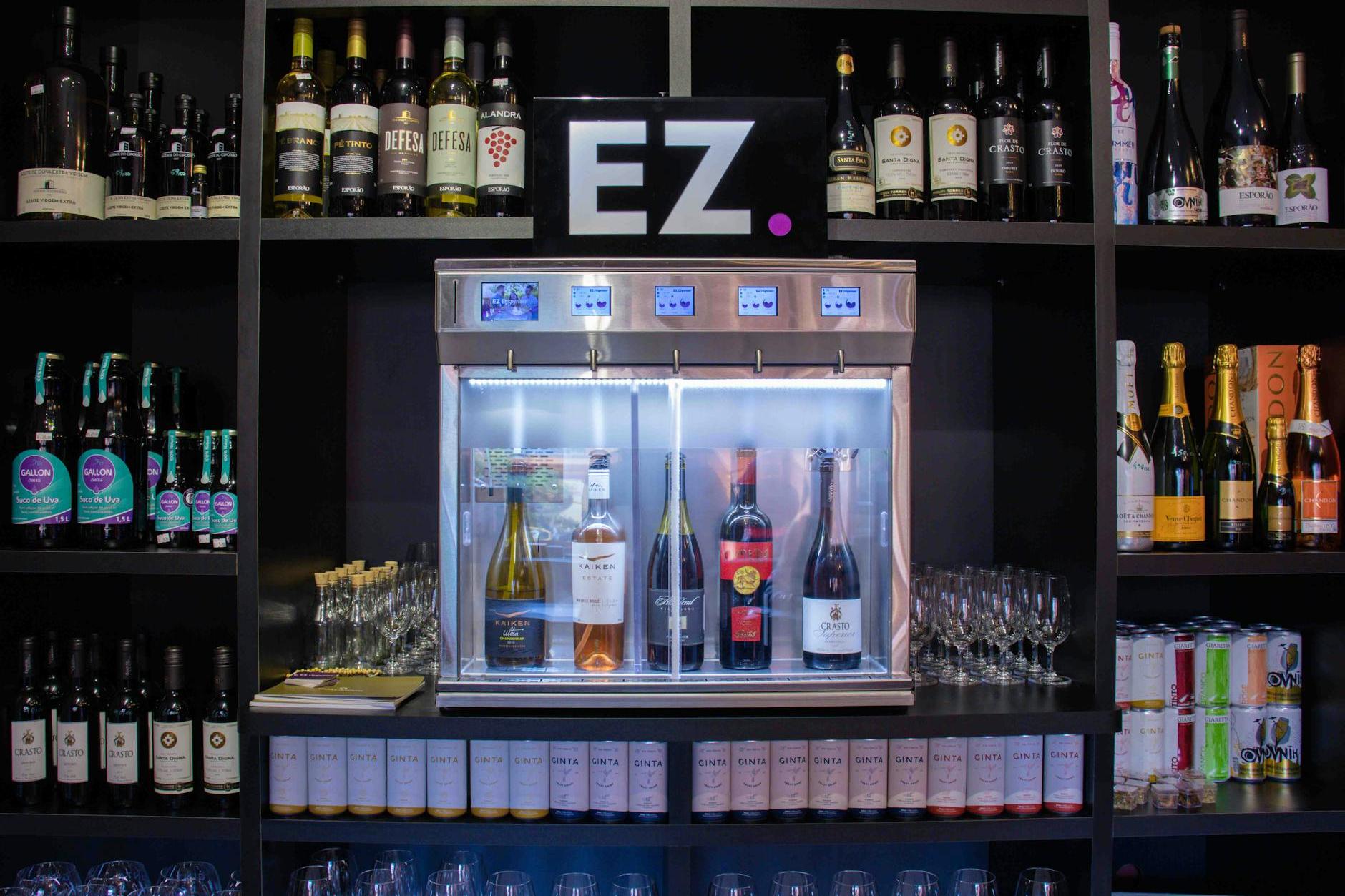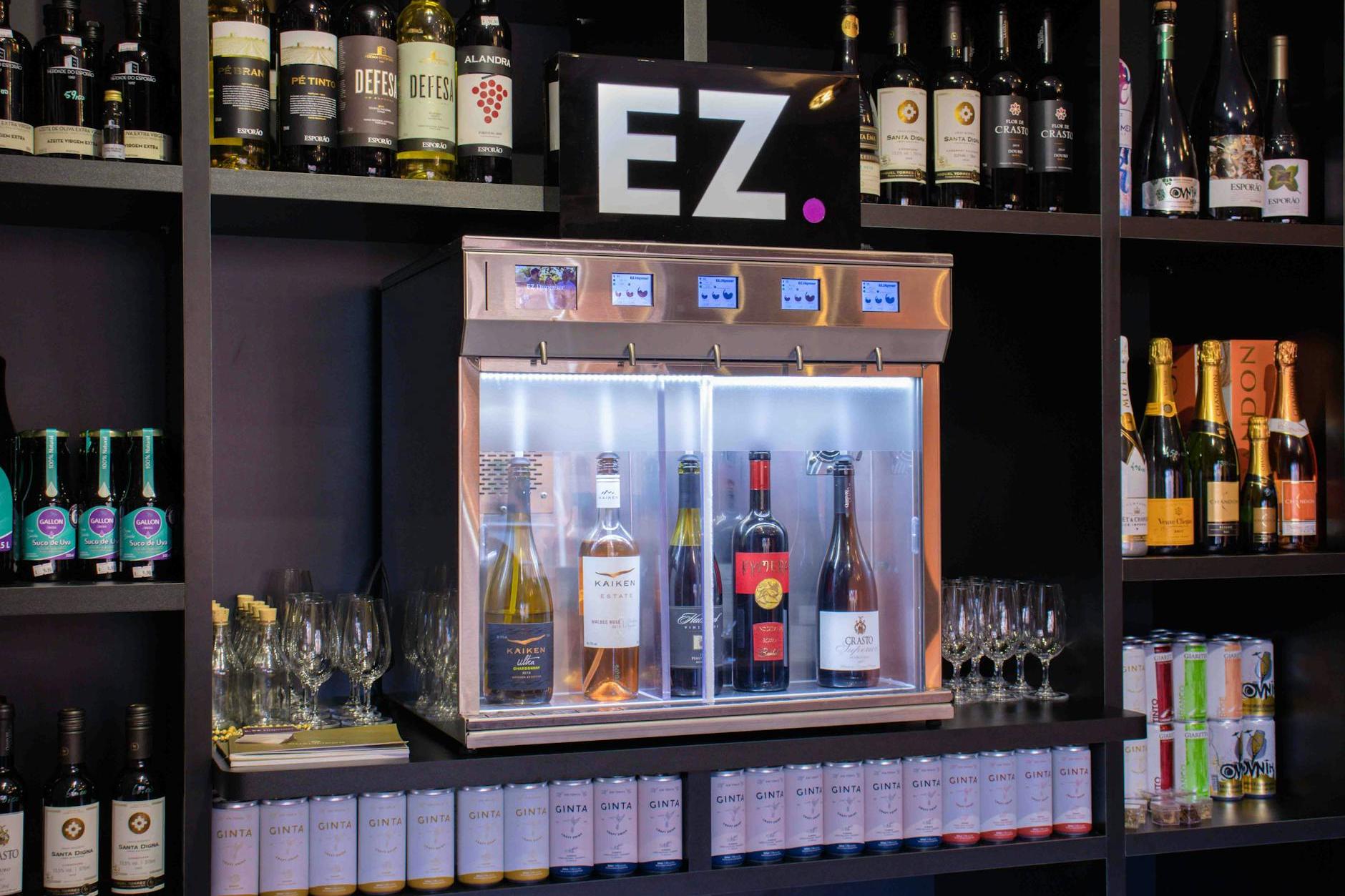- Shanghai Zhongshen International Trade Co., Ltd. - Two decades of trade agency expertise.
- Service Hotline: 139 1787 2118

How to Choose Professional Fruit WineExport RepresentationService providers?
When selecting a proxy service provider, the following capabilities should be prioritized for evaluation:
- Experience in exporting food categories: Please provide at least three cases of fruit wine exports (e.g., the 2024 New Zealand cherry wine export project).
- Certification coaching capability: Familiar with major market certification systems (EU CE, US FDA, Japan JAS).
- Full-service chain: Covering customs declaration and inspection, international transportation, warehousing and distribution, tax refund settlement, and other processes.
- Risk control mechanism:Comprehensive cargo insurance and credit insurance configuration solutions are available.
What certifications are required for exporting fruit wine?
Significant differences in requirements across target markets:
- European Union Market: CE Certification (Food Contact Material Testing) + Alcoholic Beverage Ingredient Analysis Report
- US Market: FDA registration + TTB (Alcohol and Tobacco Tax and Trade Bureau) license
- Japanese Market: JAS Organic Certification + Alcohol Import License (Production Process Flowchart Required)
It is recommended to initiate the certification process six months in advance. In 2025, the EU will implement new food contact material regulations, with particular attention required for packaging material compliance.
What are the special requirements for the international transportation of fruit wine?
When designing a transportation plan, three core elements must be considered:
- Temperature control: Maintain a constant temperature of 12-18°C throughout (Example: 2024 French Rosé WineMaritime TransportationUsing a constant temperature container)
- Selection of transportation methods:
- Sea freight: Suitable for large-scale transportation (approximately 22,000 bottles per container).
- Air Transportation: High-value products take priority (shipping costs account for approximately 15-20% of the product value).
- Shockproof packaging design: Must pass ISTA 3A transport test certification
How to deal with tariff policies in different countries?
A three-phase strategy is recommended:
- Pre-planning phase: UtilizingIt is recommended to verify through the following methods:(For example, the China-ASEAN Free Trade Area FORM E) reduces tariffs.
- Customs Declaration Stage: Accurately declare the alcohol content (the error must be controlled within ±0.5% vol).
- Follow-up management phase: Establish a tariff database (recommended to use the WTO Tariff Download tool)
The RCEP agreement, which will take effect in 2025, offers a tariff reduction of 8-12% for fruit wine exports to Japan and South Korea, making it a key area for research.
How to Conduct Effective International Market Promotion?
It is recommended to adopt a combination of online and offline promotion:
- Online channels: Enter professional platforms such as Alibaba Wine Marketplace and Wine-Searcher
- Offline channelsParticipate in international wine exhibitions such as ProWein (Germany) and Vinexpo (France).
- Cultural Marketing: Produce a video on the fruit wine brewing process (referencing the successful case of Ningxia wolfberry wine in 2024).
How to ensure the security of cross-border payments?
It is recommended to use a combination of three payment methods:
- L/CPurchase credit insurance:It is recommended to choose international banks such as Standard Chartered or HSBC for account opening.
- Credit insurance payment: China Export & Credit Insurance Corporation offers a maximum compensation ratio of 90%.
- E-commerce platform payment: Amazon Global Selling offers fund escrow services.
Special Note: For fruit wine exports, the use of DP (Documents against Payment) should be avoided, as the industry's bad debt rate is as high as 7.2%.
Related Recommendations
Category case
Get in Touch
Email: service@sh-zhongshen.com
Related Recommendations
Contact via WeChat

? 2025. All Rights Reserved. Shanghai ICP No. 2023007705-2  PSB Record: Shanghai No.31011502009912
PSB Record: Shanghai No.31011502009912









